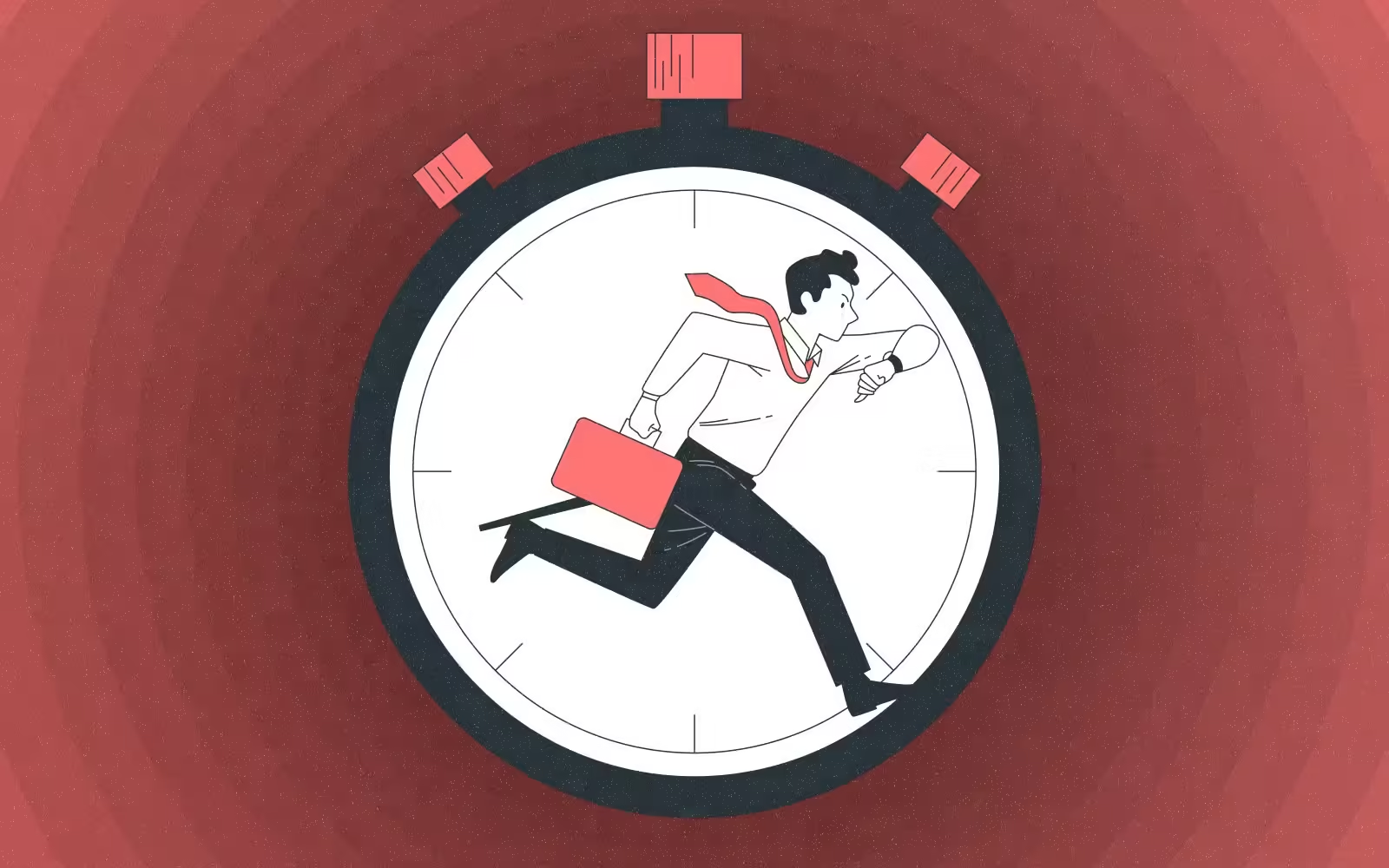Berlin, a city pulsating with creativity, history, and multiculturalism, hosts an extraordinary event each year that transcends borders and celebrates the rich tapestry of human experience. The Carnival of Cultures (Karneval der Kulturen) is a vibrant, four-day extravaganza that brings together people from all walks of life, uniting them through music, dance, and artistic expression. Let’s delve into the captivating history of this kaleidoscopic celebration and discover where and when you can witness its magic.
Carnival of Cultures: Origins and Inspiration
The Carnival of Cultures emerged in 1996 as a powerful response to xenophobia and racism. Against the backdrop of the Rostock-Lichtenhagen riots, Berliners decided to celebrate their city’s diversity rather than succumb to fear. Inspired by other European carnivals like London’s Notting Hill Carnival and Rotterdam’s Zomercarnaval, the festival was born. Its mission? To promote peace, tolerance, and multiculturalism through art and revelry.

The Werkstatt der Kulturen: Birthplace of Creativity
The Werkstatt der Kulturen, founded in October 1993 in Neukölln, Berlin, played a pivotal role in shaping the Carnival of Cultures. This cultural workshop, patronized by the Berlin Senate, provided the fertile ground for artistic expression and cross-cultural collaboration. On May 15 and 16, 1996, the first Karneval der Kulturen unfolded around Ascension Thursday, captivating Berliners with its colorful processions, theatrical performances, and infectious rhythms.
Karneval der Kulturen in Berlin pic.twitter.com/Ai5o5yj08Z
— Mustafa Fidan (@Mustafa02349933) May 18, 2024
From Modest Beginnings to Global Phenomenon
What began as a modest event soon blossomed into a grand celebration. The number of visitors skyrocketed from 50,000 in 1996 to over a million in 2018. Participants swelled from 2,200 to more than 4,000, representing 66 procession groups. These groups hail not only from all corners of Germany but also include South American and African ensembles. Their vibrant costumes, pulsating beats, and spirited dances transform the streets of Kreuzberg into a living canvas of cultural expression.
Carnival of Cultures‘ Spectacle of Unity: The Street Parade
The heart of the Carnival of Cultures beats during the street parade on Pentecost Sunday. Imagine over 5,000 dancers, musicians, and artists from across the globe converging on the streets of Kreuzberg. Brazilian samba, Chinese lion dances, West African drums, and Bernese carnival brass blend seamlessly, showcasing Berlin’s treasure: its diversity and internationality. Half a million spectators line the route, soaking in the joyous spectacle. The parade kicks off at the corner of Gneisenaustraße and Zossener Straße, winding its way to Hermannplatz.

Beyond the Parade: Blücherplatz Street Festival
While the parade steals the spotlight, the Carnival of Cultures extends beyond the procession. The Blücherplatz street festival invites you to explore Berlin’s cultural mosaic. Here, diverse entertainment unfolds on multiple stages: theater, performances, and interactive acts. Sustainably-minded companies and initiatives set up information booths, alongside stalls offering organic crêpes and other delectable treats. Families with children find age-appropriate activities, ensuring that everyone feels part of this vibrant celebration.
Mark Your Calendar
In 2024, mark your calendar for May 17 to 20. Head to Blücherplatz, where Berlin will present its most colorful side. Admission is free, and the Carnival of Cultures promises an unforgettable experience. Let the rhythms of the world carry you away, and celebrate the unity that transcends borders. Berlin’s Carnival of Cultures is more than an event; it’s a testament to our shared humanity.
Join us as we dance, laugh, and revel in the Carnival of Cultures—a celebration that reminds us that our differences are our greatest strength. – https://www.karneval.berlin/en/
Share This Story
Recommended For You
Now loading...






